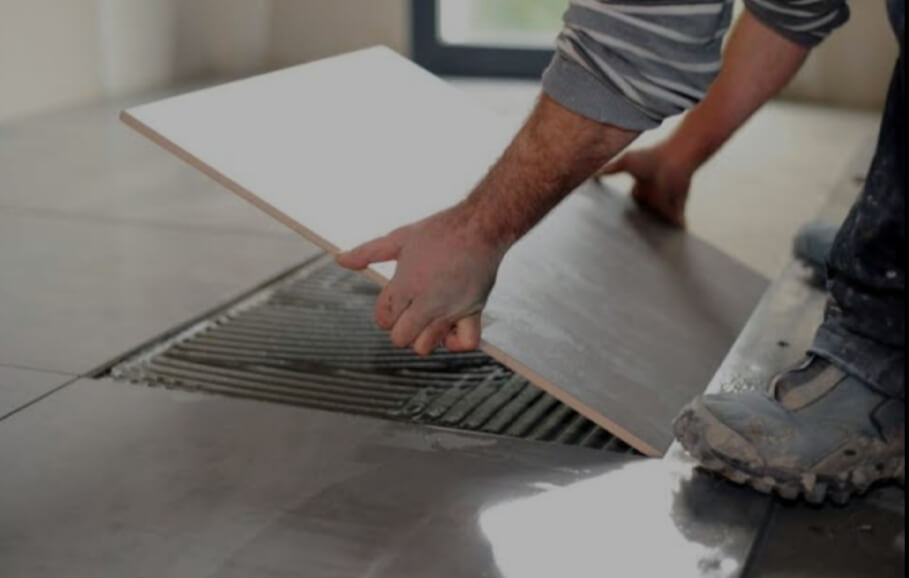Tile floors tend to increase floor height by approximately 1/2 an inch after installation; this difference will depend on various factors.
Thinset is a cement-based material with high compressive strength. A 3/16 inch layer is usually laid underneath floor tiles to help avoid popping or cracked tiles.
1. Tile Thickness
Tile is a long-lasting material with multiple styles and colors available, as well as various thicknesses that offer greater durability – though thickness shouldn’t necessarily determine whether a tile is appropriate for flooring projects.
Thinset cement gives tiles excellent adhesion when laid in an even, thin layer. Thinset is composed of cement mixed with finely graded sand that should never exceed 3/16 inch in thickness.
Applying too thick of a layer of thinset can create an uneven surface, weak bonds between tiles and substrate, cracked or popped tiles, as well as cracked and broken grout lines. Before beginning the application process of thinset, ensure the area you’re tiling has been leveled using backer board or leveling cement before you use a square-notch trowel with even teeth to apply it.
2. Tile Weight
Tiles come in various sizes, qualities and thicknesses that affect their weight. When purchasing them for use as flooring beds it’s essential to take their weight into consideration; this will determine their ability to support any additional weight.
When it comes to tiling, thicker adhesives tend to result in heavier tiles; therefore, when installing wall tile it’s essential that a thinner adhesive be used so as to avoid too-heavy walls.
Adhesives should ideally be applied using a square notch trowel and no thicker than 3/8-inches thick. Any thicker will result in weakening adhesive bonds and moisture absorption over time, and may increase tile weight before beginning installation. If weight testing is concerned, use cardboard under tiles before beginning.
3. Substrate Thickness
An adequate substrate bed must exist beneath floor tiles in order to distribute loads evenly and prevent cracking. A thin substructure would lead to tiles popping up or failing to adhere securely to concrete or mud beds, possibly leading to fractured tiles and their associated loads.
Too thick of an application of thinset can cause it to seep out of the sides when you lay tile, leading to an uneven tile surface, weak bonds between tile and substrate and poor quality installations.
A floating mortar bed method can be used to safeguard tiles against minor cracking and movement in their substrate, while for wall applications this bed may be reinforced with wire and set over a cleavage membrane or even directly adhered to it – known as bonded mortar beds.
4. Tile Style
Floor tiles experience immense pressure and stress over time, which necessitates thicker adhesive beds than wall tile to prevent cracking. When installing 12×12 tiles with thinset, it should typically be applied using a square notch trowel with 3/16 inch layer that compresses to form a strong bond with backside of tile when installed.
Classic tile styles tend to appeal more strongly to prospective buyers and hold greater resale value than unique designs, however trends change so it is smart to include at least one element from current trends in your bathroom so it remains appealing and modern when selling your house.
5. Tile Shape
Tile shapes and sizes play a significant role in shaping the atmosphere and appearance of a room, from half-inch square mosaics to giant 12-inch or larger tiles which create the sense of spaciousness in an area.
When installing 12 x 12 inch tiles, use a thinset layer about 3/8 inches thick applied with a square notch trowel to form an even surface that can compress down to about half its original width when tile is laid upon it, providing a strong mortar bed for them.
Some installers may prefer back buttering their tiles, which involves spreading a thin layer of thinset onto each tile’s back to increase bond strength; however, this practice is unnecessary if properly mixed thinset is used with quality subgrade or backer board products.

